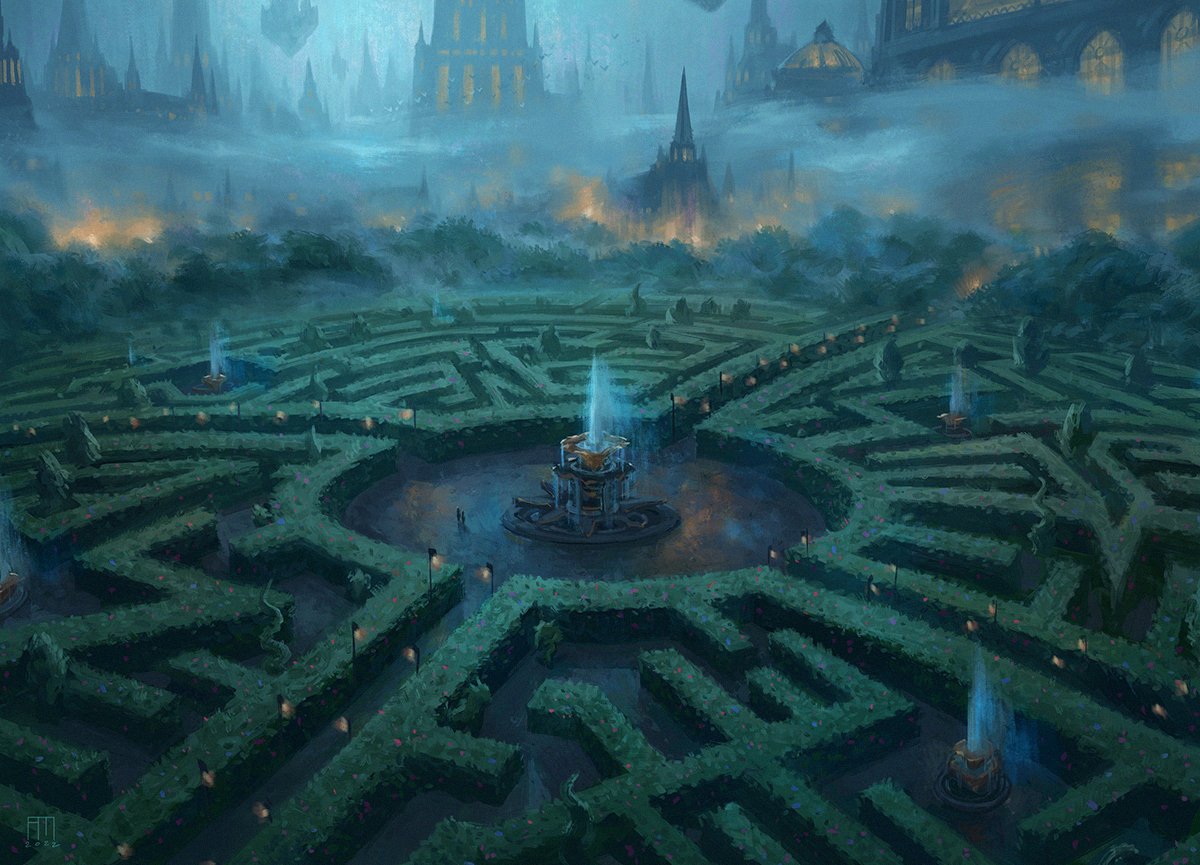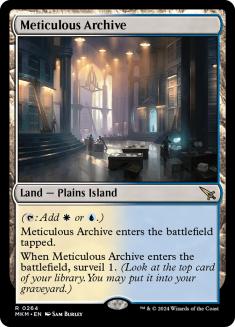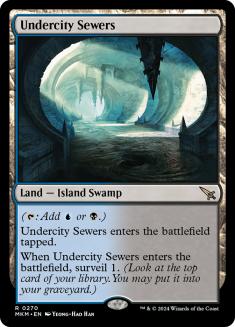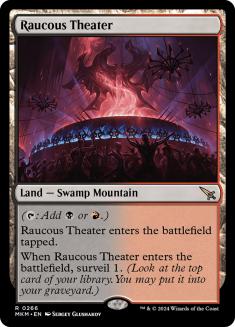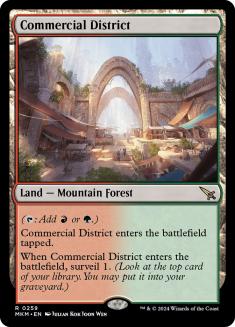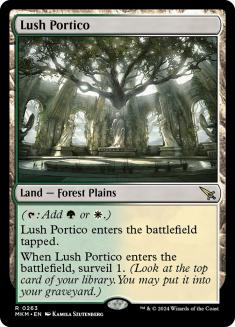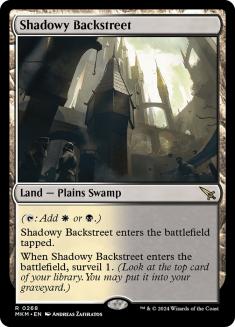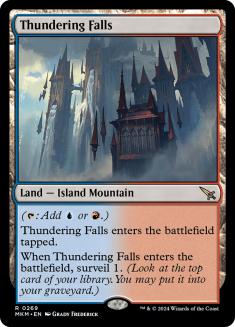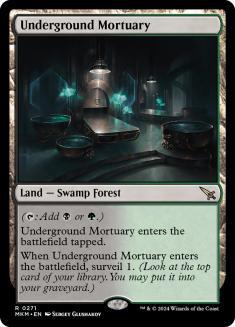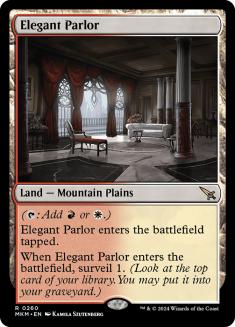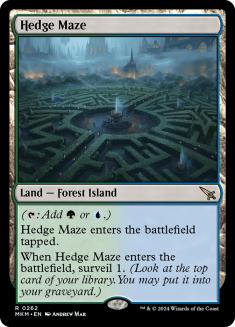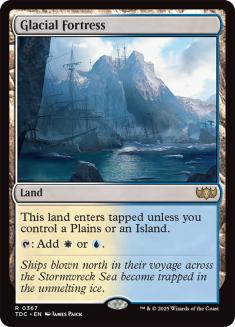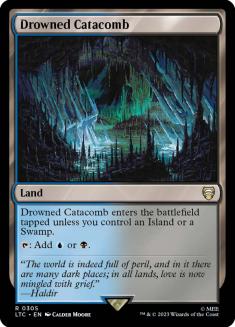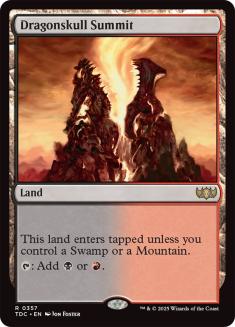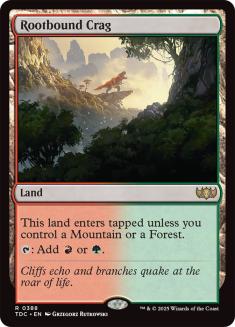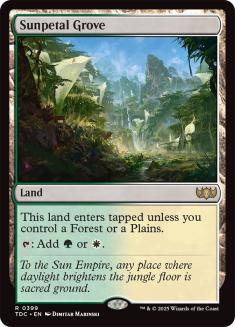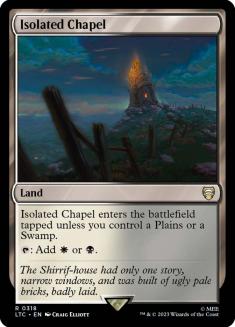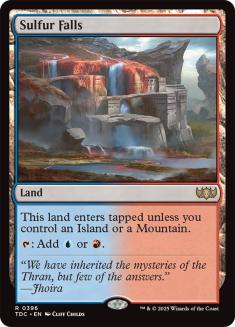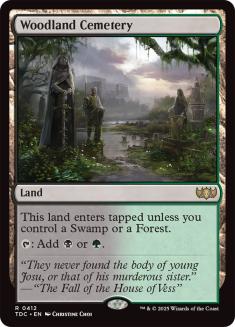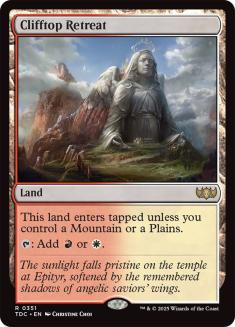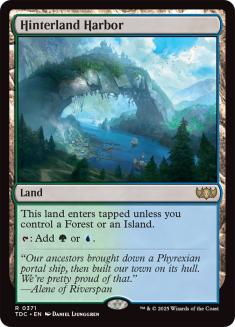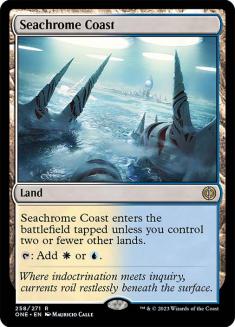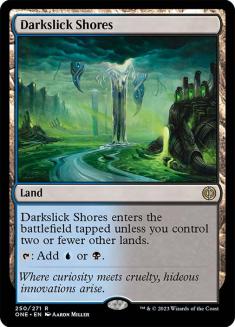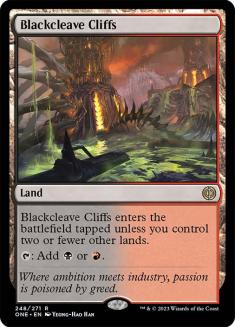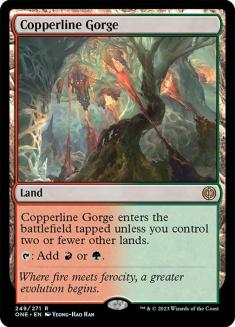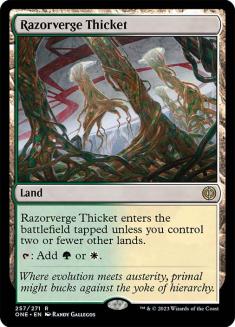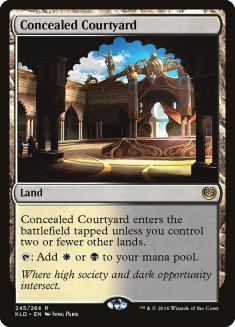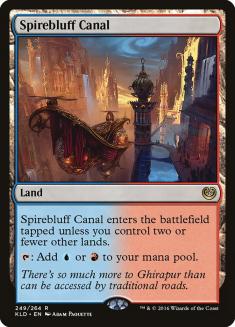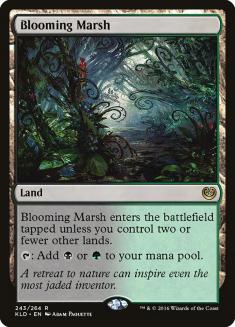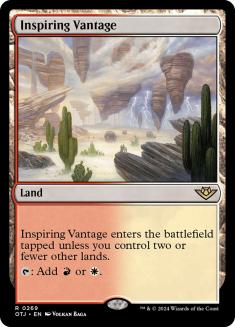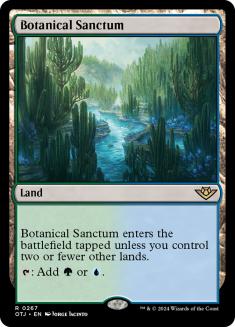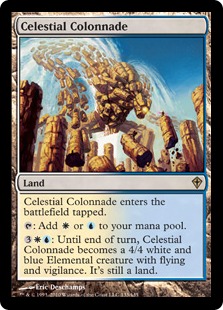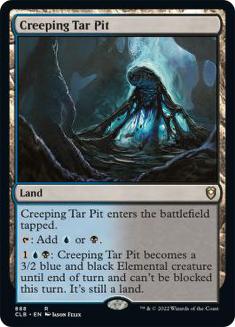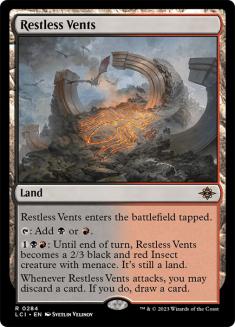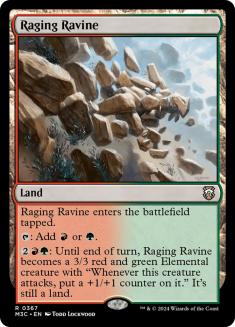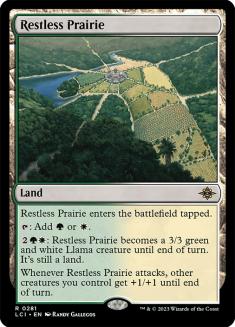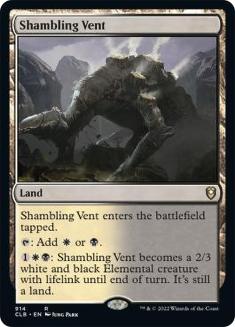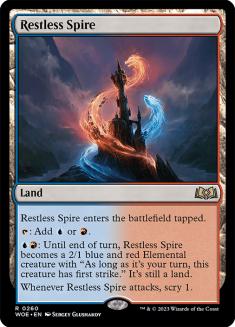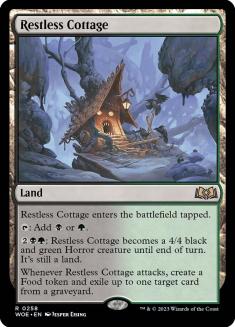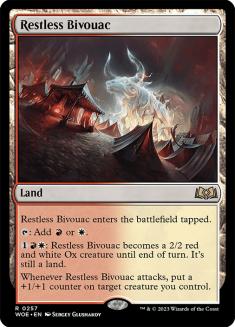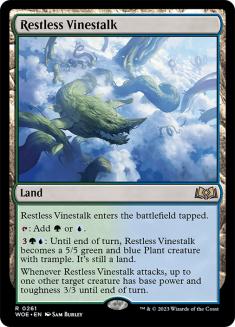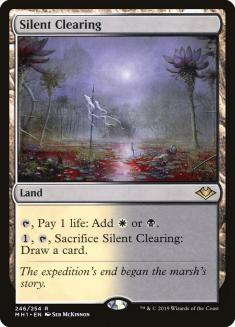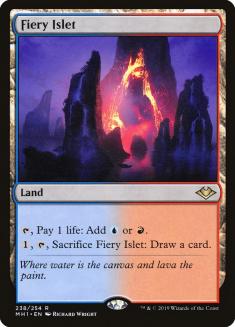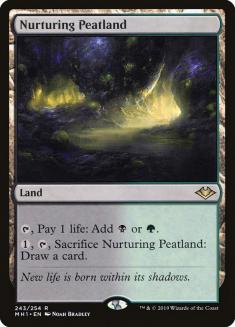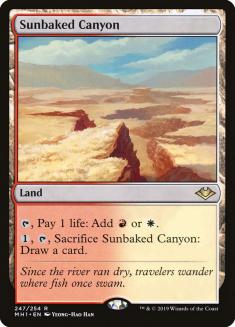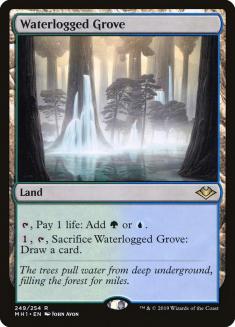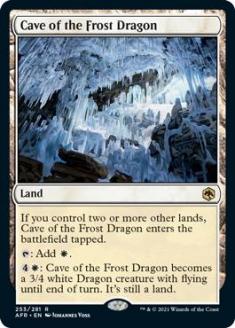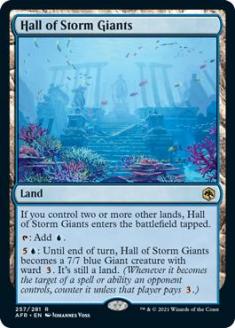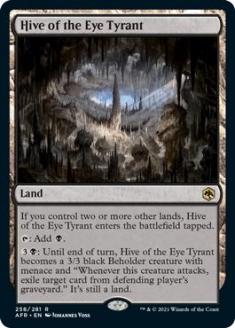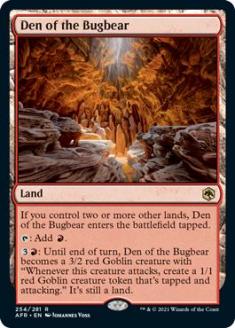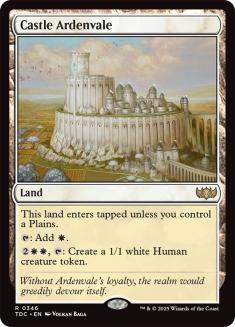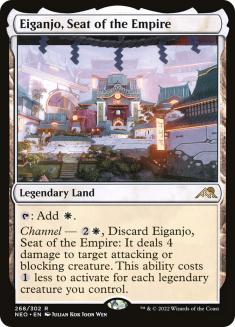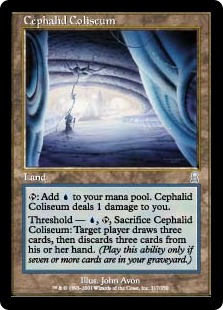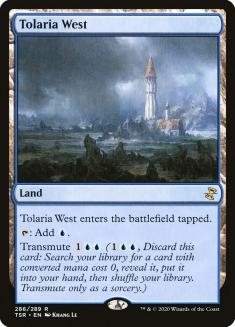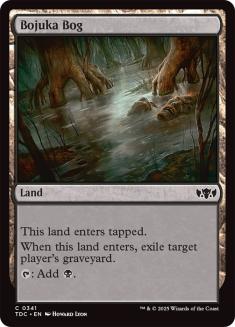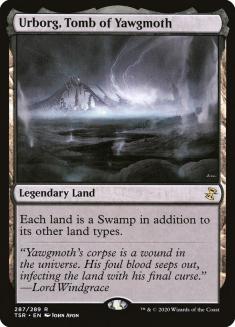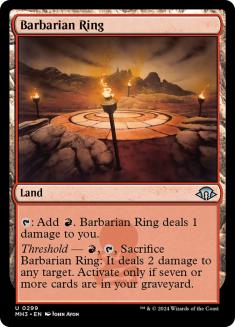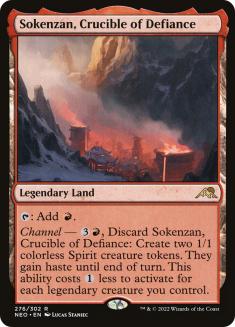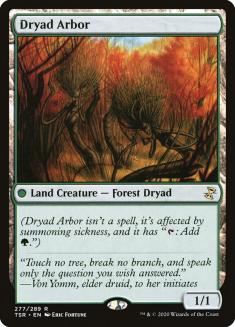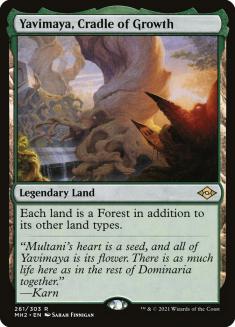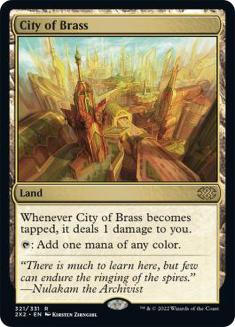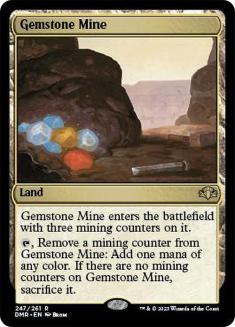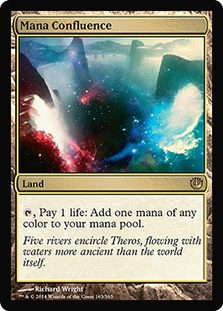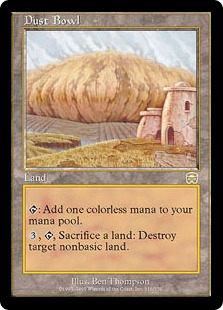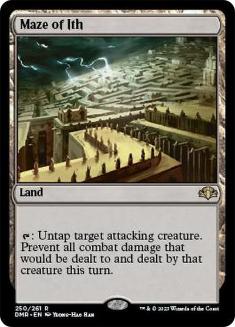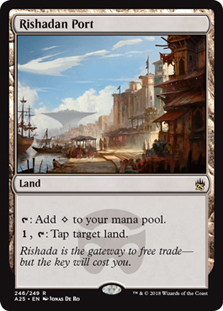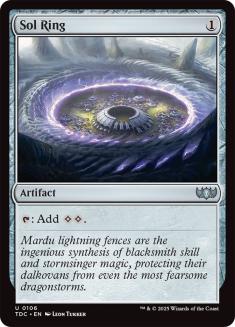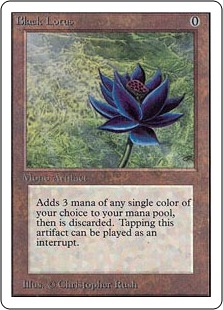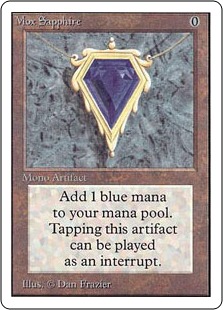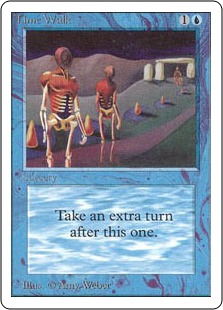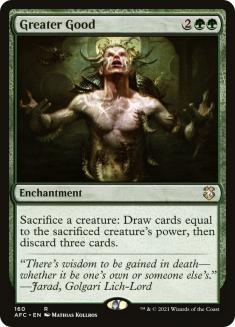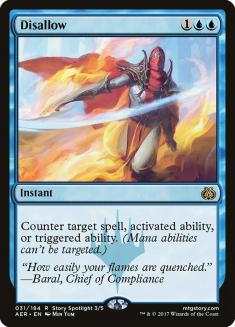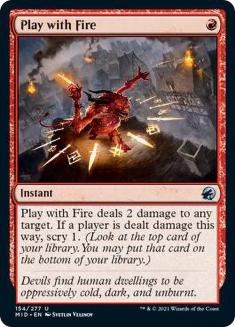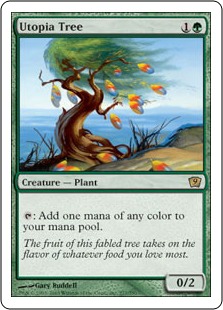Howdy, gamers! With the release of Modern Horizons 3 looming, I’m sure that there will be a lot of new Cube concepts and cards to write about soon, but while we wait for more previews to officially roll in, it seems like a good time to share a house rule that I’ve been working on. I recently wrote about my 360-card paper Vintage Cube and alluded to my use of a “bonus sheet” for paper drafts with that Cube. Today it’s time to dive in to that concept, showing off my specific implementation as well as shining light on the myriad other ways to apply this concept!
Since originally having the idea for a bonus sheet, I’ve experimented with the number of cards to use, and as of now I use a package that has a lot more than fifteen cards. Let’s back up and talk about what exactly I mean by a bonus sheet before we get into that.
What Is a Bonus Sheet?
Bonus sheets in Magic refer to some subset of cards that you’ll find in booster packs but that aren’t part of the ordinary spread of cards in the set by rarity. The first bonus sheet that comes to mind for me is still Time Spiral‘s one-per-pack Timeshifted cards, but there are tons of more recent examples, with this concept applying to all of the most recent Standard releases: things like The List, The Big Score, Multiverse Legends – cards that aren’t officially in the regular set but that add some spice to packs and Limited environments.
I’m a fan of keeping Cubes small, but the concept of bonus sheets caught my attention as a way to add more cards to my environments without watering them down. Retail Limited uses bonus sheets to add more unique and powerful spells, and this is absolutely space worth exploring in Cube, but the bonus sheet that I use for my Vintage Cube is actually a stack of lands.
Lands tend to be less exciting than flashy spells, but that’s exactly why I’ve taken this direction with this concept! Limited manabases often seem lacking as compared to their Constructed counterparts, and it is my firmly held belief that drafting lands is very boring, a necessary evil. While I was contemplating how to incorporate bonus sheets into Cube Draft, it struck me that using this concept to improve manabases would help to both smooth out the play experience and give players access to some lands that wouldn’t otherwise be available in the Cube.
What makes the most intuitive sense to me, and what has worked well in practice, is to get three cards from the bonus sheet into the hands of every drafter. One per pack drafted, as it were. Let’s take a look at the lands that I’ve selected for my bonus sheet and then go over how I incorporate them into my drafts.
The Cards
When I first started testing out a bonus sheet, I actually had Triomes in the spread, but they were far and away the highest picks and they made manabases for three-plus-color decks easier than I found desirable, so into the main Cube Triomes went. This also got the mana-fixing in the main Cube up to a threshold where decks should play reasonably well if, for whatever reason, players want to draft without the bonus sheet.
The surveil lands are currently the most highly drafted from my list, and they do put even more of a premium on fetchlands during the draft, but their impact is more modest. I have considered making room for them in the main Cube as well, but for now I find their presence on the bonus sheet a net positive.
After that I have buddy lands, fastlands, and creature duals in the spread for more two-color mana-fixing. A couple of these tend to go every draft, which is about perfect. For completion’s sake, it might be better to have all twenty creature duals, but I just erred on the side of including whichever I believed to be the more powerful of the two for every color pair. I mostly just liked the idea of having Creeping Tar Pit around for initiative fights, but more options are better when cards on the bonus sheet don’t contend for any slots in the Cube itself.
I also wanted to make sure that I had exciting options for mono-color decks so that this concept wouldn’t just push players to play as many colors as possible. While technically mana-fixing, I consider the Horizon lands to be part of this push, with the red and white Horizon lands specifically supporting aggressive decks more than anything. Adventures in the Forgotten Realms mono-color creature-lands are also exciting options in this vein, and while I don’t expect anybody to ever draft the Hive of the Eye Tyrant, it’s free for me to provide that option.
Additionally, I have two more mono-color options for every color. I wanted to avoid adding lands that would be massively impactful on games, which is why you see Boseiju, Who Endures in the main Cube and its modest cousin Sokenzan, Crucible of Defiance here on the bonus sheet. I have a Mystic Sanctuary set aside as a maybe, but including that one struck me as just unnecessarily juicing Time Walk.
While I don’t know that Tolaria West will show up in (m)any drafts, it is a unique card that you wouldn’t otherwise see, which I think is cool. The Dryad Arbor is specific subsidization for Green Sun’s Zenith, but that one I would argue can actually use the help. Urborg, Tomb of Yawgmoth and Yavimaya, Cradle of Growth are two cards that have strong conceptual appeal, but that really highlight how boring it is to actually draft lands when you see them in packs. I’ve loved having them on the bonus sheet.
Artifact lands were another thing that I tried that just felt a little too much like subsidies for Tolarian Academy and Tinker. I’m fine with offering some powerful synergies on the bonus sheet, but not when they specifically boost cards that are already among the most powerful aspects of the Cube.
From there, I have some five-color options with meaningful drawbacks that would be fine enough in the main Cube, but that free up a couple of slots this way. Rishadan Port has fallen from grace in recent years, and I like giving it a home here as another little something for mono-colored and aggressive players. Dust Bowl and Maze of Ith are two more sickos that are just cool to have around. In theory, Dust Bowl could take over a game, but until that actually happens in 2024, I’ll be keeping it in my list.
Drafting the Bonus Sheet
The way that we’ve been drafting my bonus sheet is after the regular booster draft with all of the cards face up, each player drafting one land at a time. It just makes sense to draft lands after you’ve drafted your deck, but for different implementations of this concept, it will make sense to draft the bonus sheet before the regular packs, or maybe even between them!
The way that I like to decide who drafts first is to have every player who drafted the least amount of power randomize who gets the first pick. For the purposes of this decision, I consider “power” to be Black Lotus, Moxen, Time Walk, Ancestral Recall, Sol Ring, and Mana Crypt. This methodology makes everything feel pretty fair, though honestly I haven’t really run into players fighting over the same lands. For a non-powered Cube, just randomizing among all players and drafting clockwise strikes me as more or less ideal.
I believe that the large size of my bonus sheet is the primary reason that there isn’t much of any fighting over any particular land on the list. There’s enough to go around, and limiting players to three picks leaves plenty of lands left over, where more picks would make it more likely that players end up with overlap in their most desired lands.
On the other side of things, I also want to try to make sure that every player actually wants three lands from the spread. The size of the list helps here as well, and this is also the biggest reason why I want to keep the surveil lands on the bonus sheet as opposed to in the main Cube. Even if you drafted a great manabase in the regular draft, it’s not so great that you won’t be able to benefit from something here, with surveil lands being particularly appealing.
My Vintage Cube is double-sleeved, which makes it easy to mark cards on the bonus sheet by just writing the word “bonus” on the inner sleeve. Separating these cards back out is really easy when they’re marked this way, and doesn’t take much more effort than removing the basic lands from your deck like you do every draft anyway. You could also use stickers, or, if you don’t mind going through every player’s deck every draft (which, honestly, I do kind of like doing as a Cube curator) you don’t really need to mark the cards.
Other Possible Implementations
There’s no limit to other ways to implement this concept. I’ve tried to identify my guiding principles throughout this piece, not as examples of what one should do, but to highlight potential pivot points. For example, I like cards on the bonus sheet being modest and for the purpose of smoothing out games, but there’s a really exciting way to do the exact opposite with a Vintage Cube. That is, you could make your bonus sheet be all of the cards that are too good for other Cubes so that everybody gets a crack at a Mox every draft!
This approach is also appealing because that would mean you just have a Legacy Cube together for players who don’t want to play the fully powered experience and a bonus sheet of power available when everyone is feeling it! It makes sense to me to draft something like power before the regular draft, but having the option open to draft power after makes a lot of sense, too.
There are plenty of options for non-powered Cubes as well. The same general approach of adding more lands to the environment is something that I like, but you could do something more akin to Enchanting Tales and just have a bunch of funky cards to shake up the draft experience on your bonus sheet. Maybe you have a stack of cards that you recently cut from your Cube or that you can’t quite justify but are interested in trying and you pull from that list to make a bonus sheet. I have a Greater Good in my box of extra cards that hasn’t fully fit anywhere that would be perfect for this sort of thing!
For implementations with long lists of spells, I kind of like the idea of having every player draft one card from the bonus sheet after every pack, which is closer to the retail Limited experience of bonus sheets. Experimenting with both types of cards to put on your bonus sheet and how you draft them really appeals to me, which is not always true when I have a system that I know works. That’s how I know I’m on to something special here.
I haven’t yet used a bonus sheet for Twobert drafts, but an idea that I like for those environments is to have one or two options of replacement-level spells and lands expressly for the purpose of smoothing decks over. I’ve been thinking a lot about using the discover Caves, Mirage fetches, and low value-over-replacement cards like Savannah Lions, Disallow, Doom Blade, Play with Fire, and Utopia Tree for this purpose.
I would definitely use way fewer cards for a Twobert, maybe between 10-30 total. I might stick with the full three bonus cards per player, but I could see doing as few as one just because those lists are so tight. Using three bonus cards is a potential way to add some more spells in place of lands in a Twobert, though, which is some interesting food for thought…
Again, that’s speaking to my personal taste, and maybe you’re more inclined to use more powerful lands and spells for this purpose or a wildly different number of cards. Your Cube, your rules!
The Future of Bonus Sheets in Cube
My implementation of a bonus sheet for my Vintage Cube frees up room for a few more spells while providing stronger manabases and keeping my Cube small. It also allows me to use some lands that otherwise would not make the Cube.
This approach has been massively positive for me, but I’m just scratching the surface here! I hope I’ve inspired you to try some manner of bonus sheet for your personal Cubes, and I would love to hear how you do and how it worked for you! Hit me up @RyanOverdrive on Twitter with the bonus sheets that you try!
***
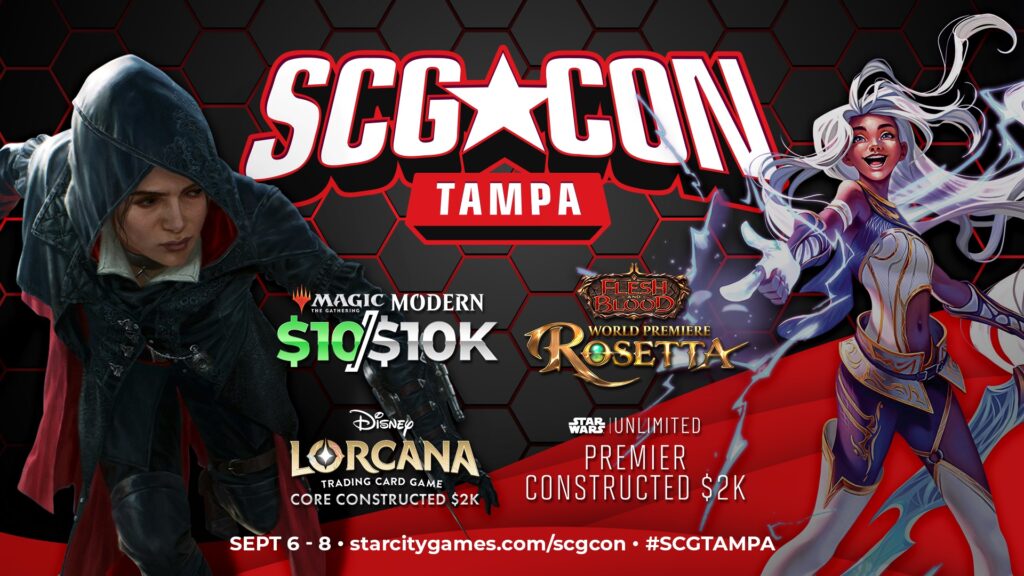
SCG CON is coming to Tampa, FL on September 6-8! The world’s premier trading card game convention features three full days of Magic: The Gathering, Flesh and Blood, Disney Lorcana, and Star Wars Unlimited action:
- Magic: The Gathering Modern $10Ks on Friday and Saturday; cEDH $5K; Super Sunday Regional Championship Qualifiers in Standard, Pioneer, and Modern; and Commander Celebration
- Flesh and Blood Rosetta World Premiere, Calling, and Battle Hardened events
- Disney Lorcana Core Constructed $2K and $1K events
- Star Wars Unlimited Premier Constructed $2K and $1K events
- Side events all weekend long
And so much more!
Plus, meet fan-favorite special guests and artists!
Best of all, SCG CON is free to attend!
Make your plans for SCG CON Tampa!

